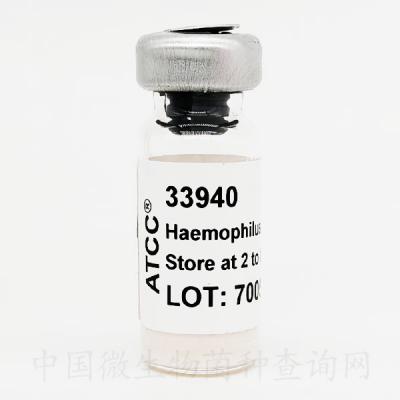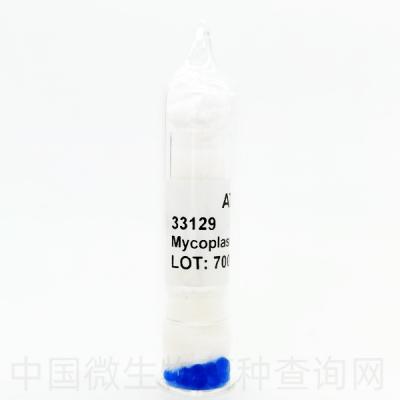
-
平臺(tái)編號(hào):bio-135029
-
國(guó)際編號(hào):ATCC 51110
-
拉丁屬名: Helicobacter pylori
-
規(guī)格:Frozen
-
用途:ATCC 原裝進(jìn)口
-
服務(wù)費(fèi)用:
加載中…… - 訂購(gòu) 說(shuō)明書(shū)
-
注意事項(xiàng):僅用于科學(xué)研究或者工業(yè)應(yīng)用等非醫(yī)療目的不可用于人類(lèi)或動(dòng)物的臨床診斷或治療,非藥用,非食用(產(chǎn)品信息以出庫(kù)為準(zhǔn))
幽門(mén)螺旋桿菌
Helicobacter pylori (Marshall et al.) Goodwin et al.
51110™
Product category
Bacteria
Strain designation
4
Type strain
No
Applications
Enteric disease research
Infectious disease research
Product format
Frozen
Storage conditions
-80°C or colder
General
Specific applications
Enteric Research
Preceptrol
No
Characteristics
Comments
Urease-negative variant of ATCC 49503
Handling information
Medium
ATCC Medium 18: Trypticase Soy Agar/Broth
ATCC Medium 260: Trypticase soy agar/broth with defibrinated sheep blood
Temperature
37°C
Atmosphere
Microaerophilic
Handling procedure
Open thawed vial according to enclosed instructions or visit www.atcc.org for instructions.
Aseptically transfer the entire contents to a 5-6 mL tube of #18 broth. Additional test tubes can be inoculated by transferring 0.5 mL of the primary broth tube to these secondary broth tubes.
Use several drops of the primary broth tube to inoculate a #260 plate and/or #260 agar slant.
Or, to obtain a biphasic culture, add several drops of the primary broth tube to a #260 agar slant. Best practice is to incubate these slants at an angle.
Incubate at 37°C under microaerophilic conditions for 3 days. Use an anaerobe jar with an active catalyst and a microaerophilic gas generator pack or other acceptable method. All tubes and slants should be incubated with caps loosened.
Handling notes
This is a slow growing organism that requires moist conditions for best growth. Growth at the broth/agar interface of the biphasic slant should occur within three days, but little turbidity will be seen. To observe growth, examine a wet mount of the broth under phase microscopy. TMotility is usually observed only in young cultures.
Growth on agar takes longer than with the biphasic culture. Once good growth is present, these organisms tend to lose viability, especially if exposed to air for lengthy periods. Viability also decreases with repeated subculturing. The cells do not Gram stain well using traditional procedures. To obtain the best results, use a basic fuchsin counterstain in place of the safranin.
Once good growth is obtained, transfer or freeze the culture. Adding an equal amount of 20% sterile glycerol to pooled broth from several biphasic slants, followed by freezing in liquid nitrogen or "ultra-low temperature" freezer is recommended.
Additional information on this culture is available on the ATCC® web site at www.atcc.org.
History
Legal disclaimers





